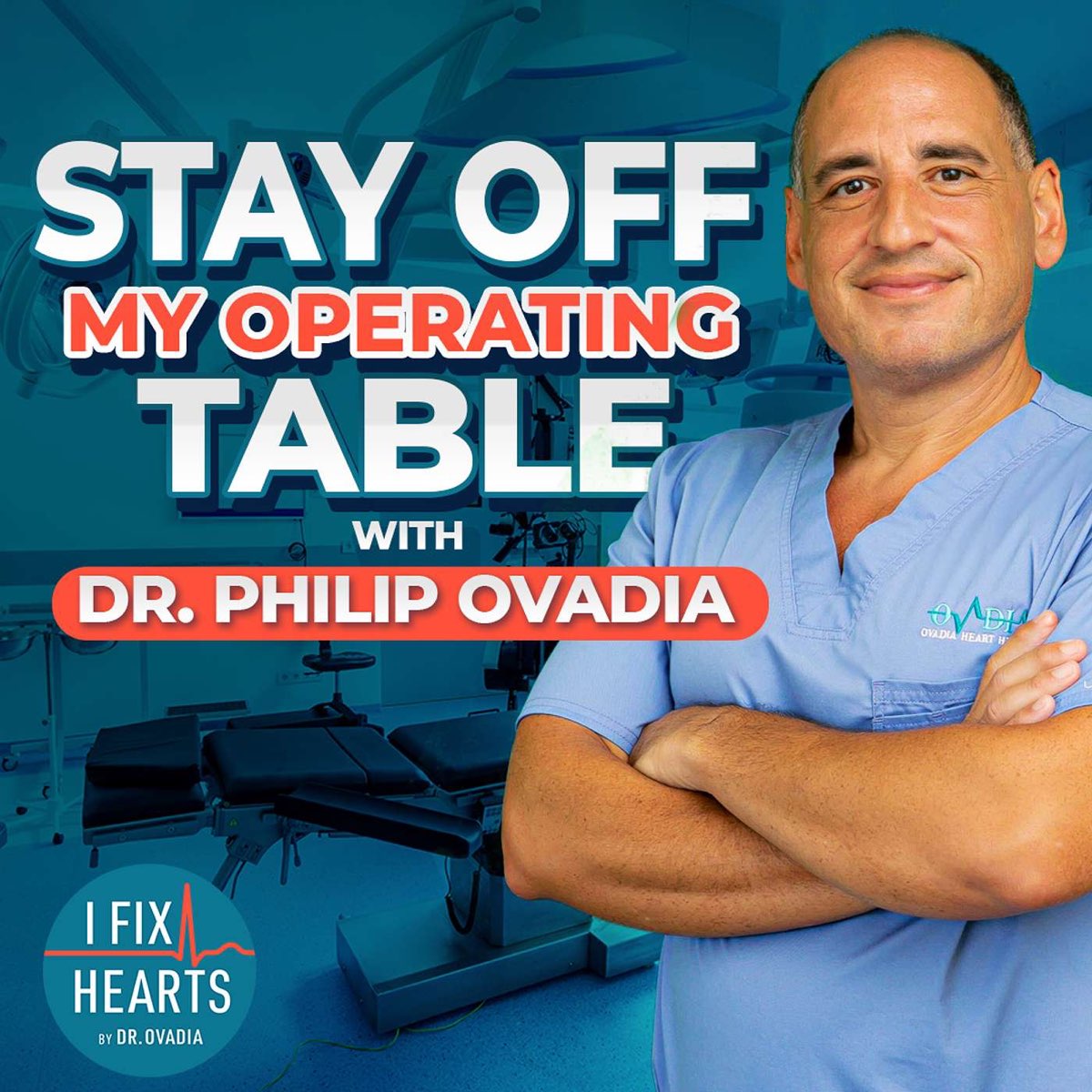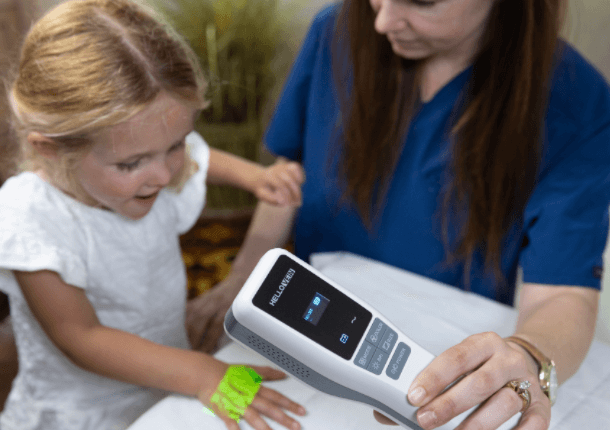
Morning, long-lifers. Here’s what’s new:
Stem cells help reverse vision loss - turns out your retinas just needed a little crowd-sourced repair from donated eyeballs and some surgical magic.
Reading 20 extra letters on the eye chart means you can finally stop pretending you like audiobooks.
Don’t keep longer. a secret - share it with your friends!
This week in longevity:
🧠 Alzheimer’s reversed in mice using NAD+
💊 Common meds speed up gut aging
🧬 Worms live longer after six aging genes are silenced
🍄 Nordic mushrooms go pharma-grade
🦴 $8M raised for safer osteoporosis drugs
Plus, more longevity breakthroughs
Read time: 5 minutes
THIS WEEK IN LONGEVITY
👁️ Stem cells help reverse vision loss in early human trial

Source: Midjourney | longer.
In a first-of-its-kind trial, scientists implanted adult stem cells from donated eye tissue into patients with severe vision loss. The treatment was designed to replace damaged cells in the retina, and surprisingly, some patients could read over 20 more letters on an eye chart. It’s like giving a broken camera lens a fresh set of focus gears, using parts grown in a lab.
What to know:
A common cause of vision loss: Millions of adults over 60 lose central vision due to damage in the macula, the retina’s high-resolution zone. Side vision stays, but reading, driving, and recognizing faces get harder.
Most cases are the “dry” form: In dry macular degeneration, key support cells in the retina (called RPE cells) gradually die off. Unlike the “wet” form, there’s no treatment that restores lost sight.
The stem cells came from donated eyes: Researchers isolated adult stem cells that only turn into RPE cells. These were implanted surgically into the retinas of patients with advanced damage.
Early trial shows both safety and improvement: Six people received a low dose of 50,000 cells. Their treated eyes improved while untreated eyes did not. No serious side effects were reported.
Higher doses now being tested: Twelve more patients are receiving up to 250,000 cells to test if more replacement cells mean more vision gains.
Why it’s important: For people with dry macular damage, there are no options to bring vision back, just ways to slow the decline. This research suggests lost sight might not be permanent. Turns out, your retinas might just need a little backup from someone else’s.
What this means in practice: This therapy isn’t available yet, but it’s a real step forward for regenerative eye medicine. If you’re over 50, stay current with eye exams and ask about early signs of retinal damage.
MADE POSSIBLE BY VIOME
🧬 Your body’s not guessing - so why are your supplements?

Source: Viome
Viome’s Full Body Intelligence Test looks at your microbiome, cellular health, and biological age to show what’s really going on inside.
Then it builds personalized supplements based on your results - only what your body needs, nothing extra.
Better sleep. Better energy. Better digestion.
Trusted by 500,000+ and shipped straight to your door.
Black Friday Deal: save $100
🧯 New pain relief targets hurt, not healing

Source: Midjourney | longer.
Scientists have found a way to stop pain at its source without slowing the body’s natural healing process. By blocking a specific receptor in nerve cells, they shut down pain signals in mice while inflammation, which helps tissue repair, kept working as usual. It’s like turning off the smoke alarm without stopping the firefighters.
What to know:
Most pain meds kill both pain and healing: Common drugs like ibuprofen and aspirin work by blocking inflammation, which also dulls pain. But inflammation is part of how the body heals, so blocking it can delay recovery.
This approach targets nerve cells directly: Instead of blocking the body’s whole pain-and-healing system, scientists focused on a pain-trigger inside specific nerve cells called Schwann cells.
One tiny receptor makes a big difference: The team blocked a molecule called EP2, which lives on nerve cells and sends pain signals. Turning it off stopped pain without affecting healing.
The body kept doing repairs: Even with EP2 blocked, inflammation still happened normally. That’s a big deal because it means healing wasn’t slowed down.
Fewer side effects ahead: If this works in humans, it could offer pain relief without the stomach, kidney, or heart problems that often come with over-the-counter pain meds.
Why it matters: For people recovering from surgery, injuries, or chronic conditions, this could mean faster healing without toughing out the pain. It’s like having the benefits of ibuprofen, minus the fine print.
What this means in practice: Still in early stages, but local treatments, like a cream or injection, could eventually target this pain switch without affecting the rest of the body. For now, if you’re nursing an injury, less painkiller might actually help you heal faster.
💡 Want to break down a research article? Try this prompt in ChatGPT:
“Explain this in plain language. Avoid science terms. Keep it under 5 sentences. Then give 5 takeaways based only on this summary—no extra info or guesses: [Paste the article here]”
MONEY MOVES IN LONGEVITY
💰 Vincere Biosciences lands $5M MJFF grant, fueling its push to fix Parkinson’s at the mitochondrial root.
💰 Skeletalis raises $8M to advance bone-targeted osteoporosis drugs, skipping the old tradeoff of strength for safety.
💰 Booster Therapeutics lands $5M MJFF grant to push proteasome activators into clinic; clearing out the cellular junk.
💰 KÄÄPÄ Biotech secures €9M to scale Nordic mushroom ingredients; fungi goes global with pharma-grade precision.
IN THE SPOTLIGHT

Source: Midjourney | longer.
1. Six genes found to drive the aging process
A new study identified genes that shape aging itself, not just its symptoms. Silencing them extended worm lifespan by up to 15%. Some genes that decline with age turned out to be harmful, not helpful; and aging may involve missteps, not just wear and tear. Next up: testing in mammals to see if this tune plays beyond worms.
2. Common drugs may speed gut microbiome aging
NSAIDs, PPIs, and antibiotics disrupt gut bacteria, weakening immunity and promoting inflammation tied to aging and disease. These effects may mimic or speed up natural aging, especially with long-term use in older adults. A healthier gut might need fewer meds and more good bugs.
3. NAD+ reverses Alzheimer’s damage by fixing RNA splicing
Mice with Alzheimer’s-like brain damage regained memory after NAD+ boosted correct splicing of a key gene involved in neuron function. The gene EVA1C normally helps brain cells work. With age, its RNA goes off script and NAD+ helps it stay on track. Turns out keeping RNA tidy might protect aging brains.
THE NEXT BIG THING
Reprogramming the brain to fight aging

Source: Midjourney | longer.
A new biotech just launched to treat Alzheimer’s, Parkinson’s, and ALS by targeting transcription factors, which control how genes turn on or off.
Scripta Therapeutics uses full-genome mapping, AI tools, and patient cell models to find drugs that reset these faulty gene switches. The goal: stop brain diseases before they take hold.
New path for aging or same old science?
WHAT ELSE YOU SHOULD KNOW THIS WEEK

Source: Tru Niagen
🩸 Lab Loop: WHOOP now lets all users upload lab tests for free, syncing blood data with wearables. It helps connect daily habits to long-term health changes.
✨ Beauty Boost: Niagen just launched Tru Niagen Beauty, the first U.S. skincare supplement with NAD+ booster Niagen (nicotinamide riboside). It supports skin, hair, and nails from the inside out.
🩸 Period Face: Menstrual masking, the viral trend of using period blood as skincare, has no proven benefits. Experts say it’s risky and should stay in science labs, not on faces.
☕ Health Fuel: Coffee’s core compounds protect the brain, metabolism, and immunity. New research shows they work together to fight aging, inflammation, and chronic disease.
🧠 Brain Reboot: Scientists tweaked stem cells to stay younger longer, then infused them into aging monkeys. The treatment reversed brain aging by 5 years and improved memory.
WHAT WE’RE BOOKMARKING
📱 Social
🎧 Podcasts
📰 Articles
⚙️ Tools to Try
Thanks for reading.
What did you think of this week’s newsletter?
See you in the next issue.




